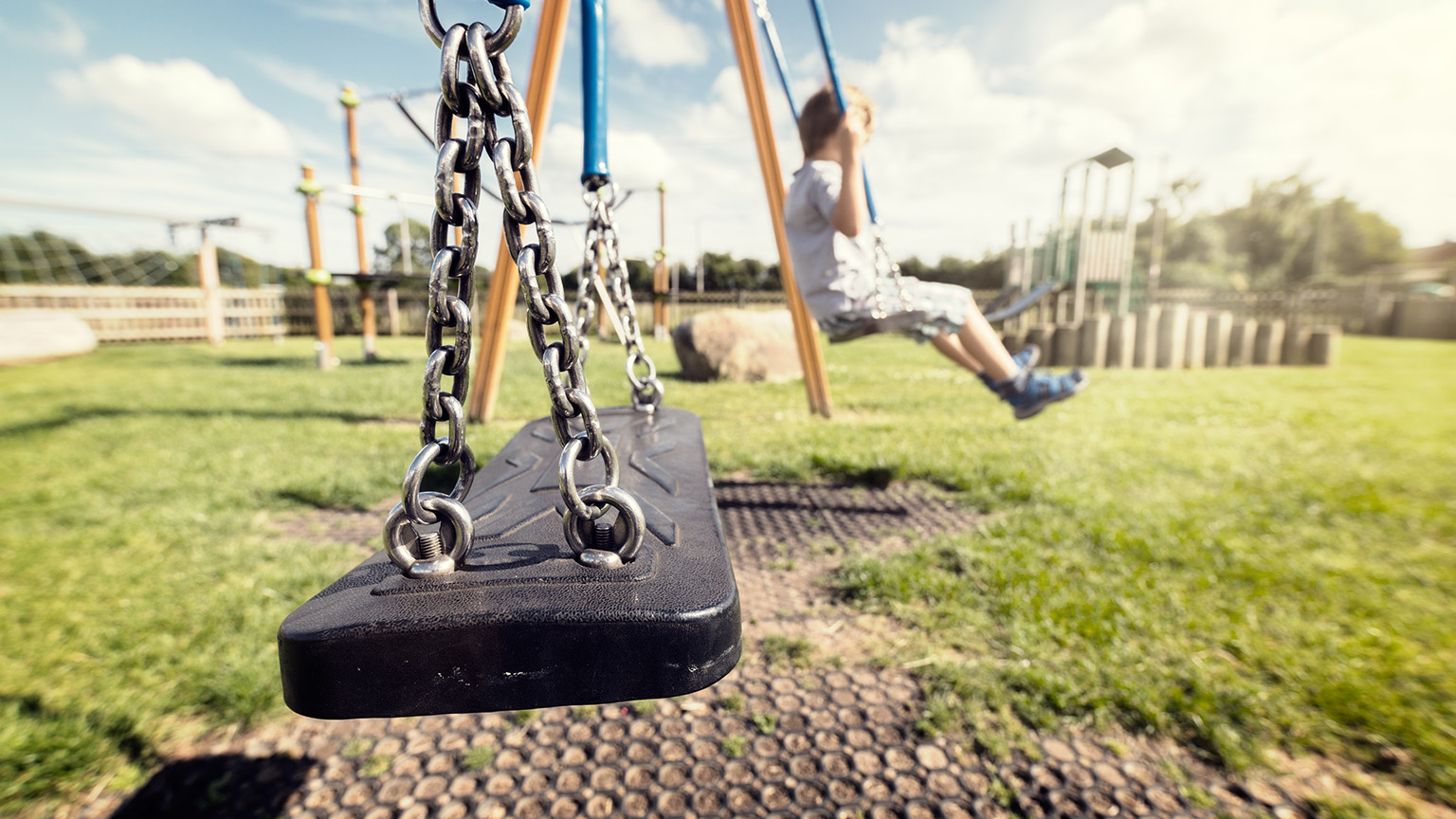Effective supervision of children in early childhood education services is crucial to ensure the safety and wellbeing of children in their care. It involves active and engaged oversight to prevent accidents, address conflicts and encourage positive behaviours. Proper positioning, regular scanning of the surroundings, active listening and proximity to the children are all required to allow kaiako to respond quickly and appropriately to all situations. Understanding each child’s needs and abilities is important in anticipating any risk and to provide the appropriate guidance.
Supervision is covered in Criterion 34 of the Licensing criteria for home-based services and has some guidance for supervision of children. Much of the information can be applied to other types of ECE service. Read that guidance here.
Centre-based licensing criterion PF 2 states that “The design and layout of the premises support effective adult supervision so that children’s access to the licensed space (indoor and outdoor) is not unnecessarily limited”.
Activity:
- Read HS 22 - the criterion for supervision of children seated whilst eating and explain how you would comply with it in your place of work (real or simulated)
- Do any other of the other licensing criteria (for any type of ECE service provider) regulate how children should be supervised whilst in the provider’s care?
Watch
Adequate supervision of children in child care
Teacher professional development training on providing adequate supervision of children in a child care setting.
Expected Duration: 9:38 minutes
Questions
Pre Watch Question: After watching this, research further for yourself about active supervision for early childhood education services.
Post Watch Task: Make your own notes about providing on active supervision shown in this video and from your own further research.
Active supervision does not mean just being in the same area as children but means actually seeing the children and being within close reach of them. Active supervision prevents any child being overlooked, or able to leave the service without being noticed, or left forgotten in the sleep room.
The Office of Early Childhood Education offers advice on four key supervision skills for adults working with children:
Set up the room or outdoor environment so you have a view of all areas from where you are positioned
Think about “where is the best place to be in, in relation to the children” so that they can all be easily seen. Is anything blocking the view of any child? You need to be positioned so you can see each child, and not be facing away from any of them.
This is when the adult stays with the child as they move around the environment. That means if a child goes to play in a different area where they can’t be seen, you should move into a position to maintain a good view of the child.
Your attention must always be on the child/children. That means not being distracted by your phone or any other activity unless it involves the child/children. Make sure another adult can take your place supervising if you are called away.
Activity:
Read the full details on these key supervision skills here and find more information here.
Download and print out the PDF resource from the US Early Childhood Learning & Knowledge Centre about active supervision here which can help you when planning and reflecting on your own supervision practices.
Use the information from these sources as well as your own further research to prepare for assessment 04A4 task2. This last assessment of this programme involves collecting evidence for a portfolio during your practicum and also to describe your own personal philosophy early childhood education practice and how it has changed through your studies and your experiences. Make sure to read the assessment instructions carefully!
You’ve reached the end of this topic. Let’s go over the key points:
- Effective supervision of all children in early childhood education is paramount to ensure their safety and well-being.
- Proper positioning, regular scanning of the surroundings, active listening and proximity to the children are all required.
- Supervision is regulated by the Licensing Criteria for ECE services which has various criteria covering the design and layout of premises to allow active supervision of children.
- Four key skills for active supervision of children in ECE.
- That is also the end of the learning material for this programme, well done for getting this far! Make sure all of your assessments are complete and submitted and good luck for your career in Early Childhood Education and Care.
